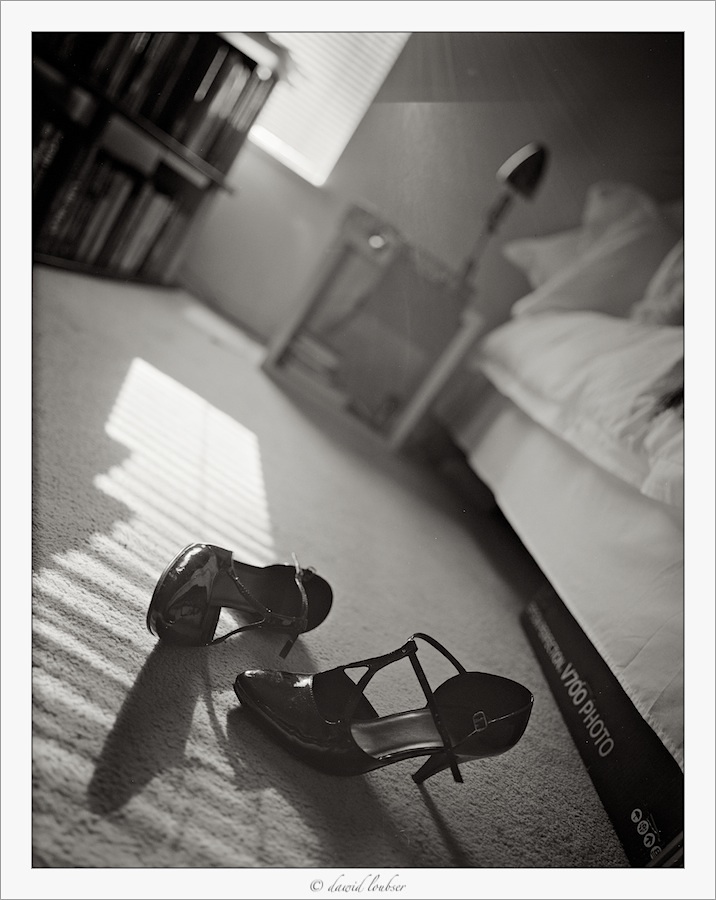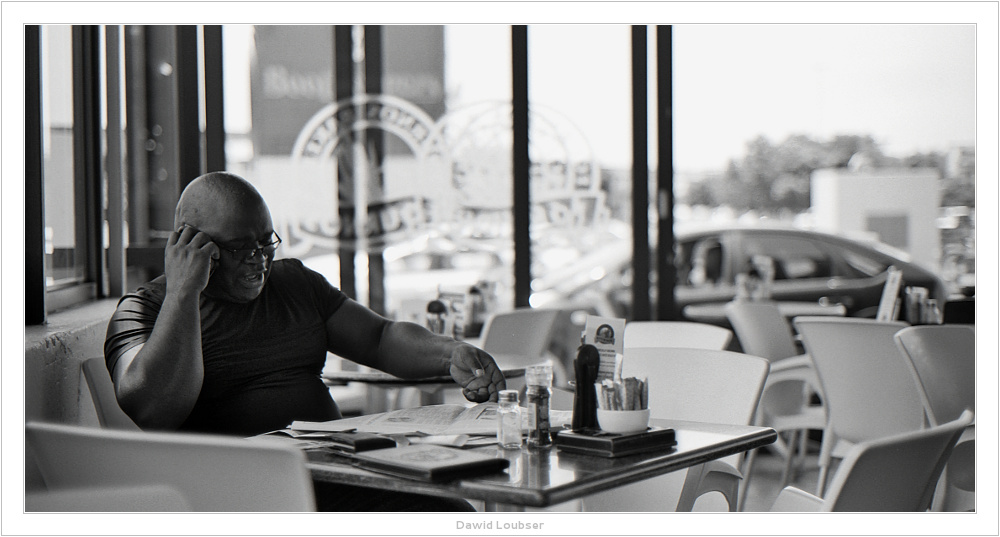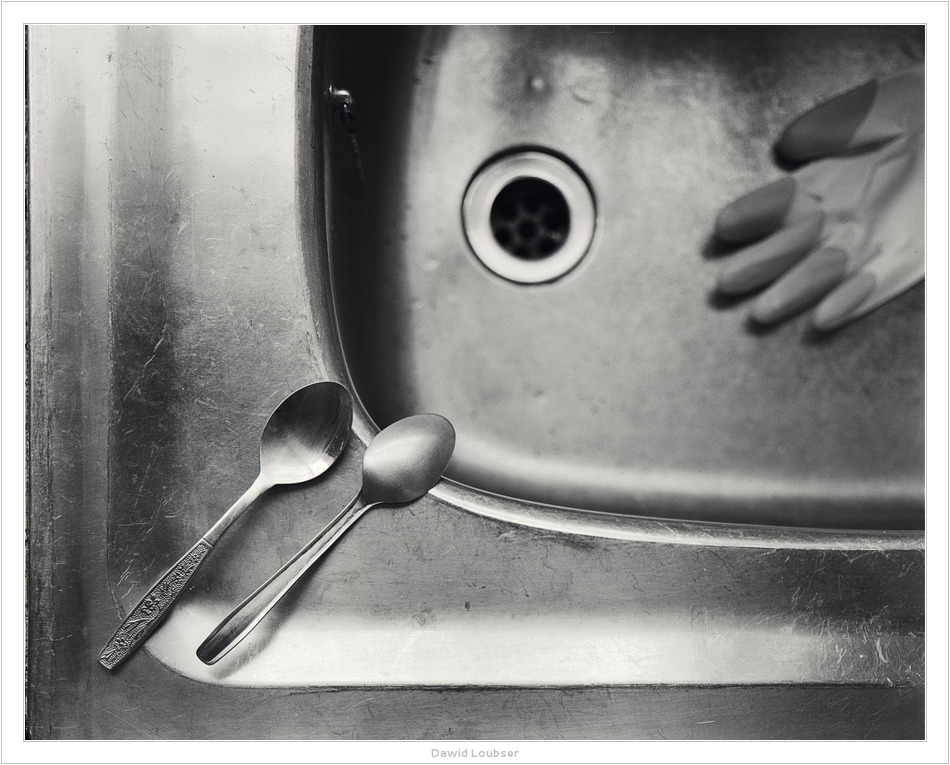These are two I made using David Byrne's exposure layering technique:
Chris,
Both of these images are impressive. They stop one from just walking past. What then?
Chris Calohan:
"Unto a Place I Walk in Peace"
The first picture, is to me, something like looking at HDR. We're hit by the unusual solidity of everything. It appears as if there's no "
somewhats" or "
possiblys" or "
nearlys" left, hinting of what things
might be. But then, the
entire image becomes really a mystery and so one has no choice but to move to a world of either hyper or alternate reality. So this is going to become for us a fascinating new world to exercise one's imagination, with new rules, perhaps that we ourselves might create.
I'm not yet acclimatized to surreal HDR images and this holds true for these B&W interpretations. Just I have to catch up. O.K., I take the leap, now what? Now I wonder about the central path which is so much less detailed and defined than the clouds or the fields. But with a compositionally dominant path one cannot help but evoke the most important metaphor common to all known languages, namely "life as a journey". So I'd ask if you might have thought of other approaches to processing the path to give it the significance it appears to own by inherent rights in all our cultures. There are no real curves, walls, broken parts or diversions to overcome. Yes, the path is not quite horizontal, but that seems a matter of accident and not bold enough to have been designed. Also there's a slight notch in the road in the far distance, but once again hardly more than an accident to be either considered an imperfection or a distraction. So what's left is texture and lighting of the road. At present it's just embedded in a trough of darkness. Fine, that may be your intent and as good as it will be. If that's so stop where you are.
Still, this simple picture to me offers a myriad of related ongoing opportunities for presentation. I'd love to challenge you discover what you might come up with to take this further.

Here are a couple of recent prints of mine:
















